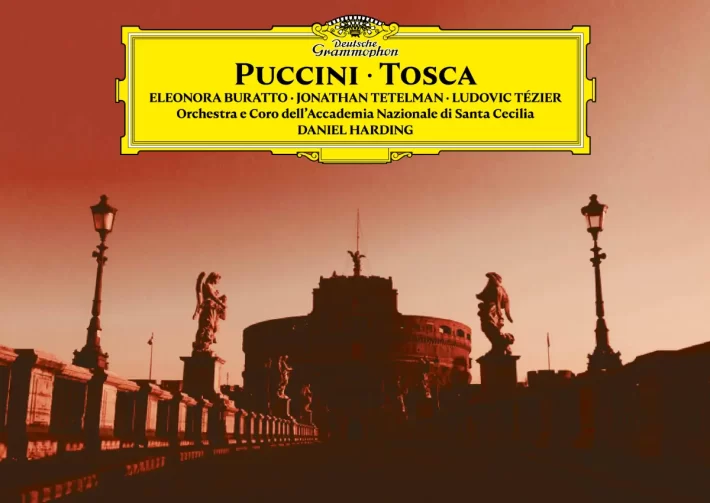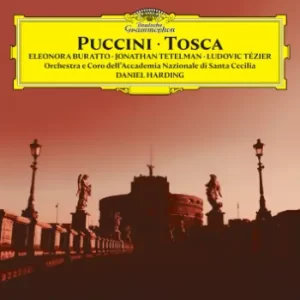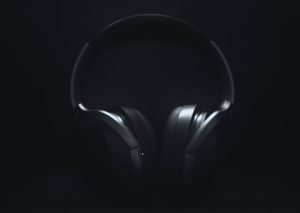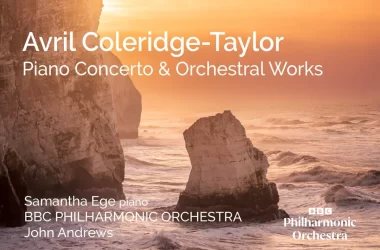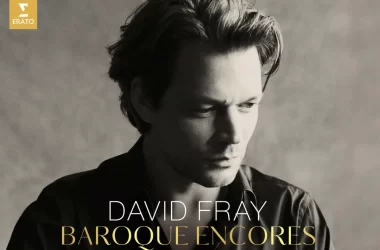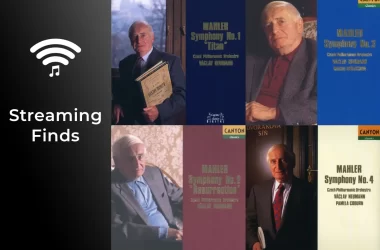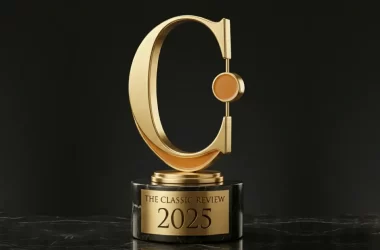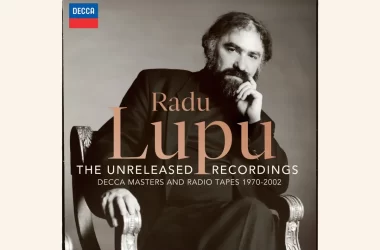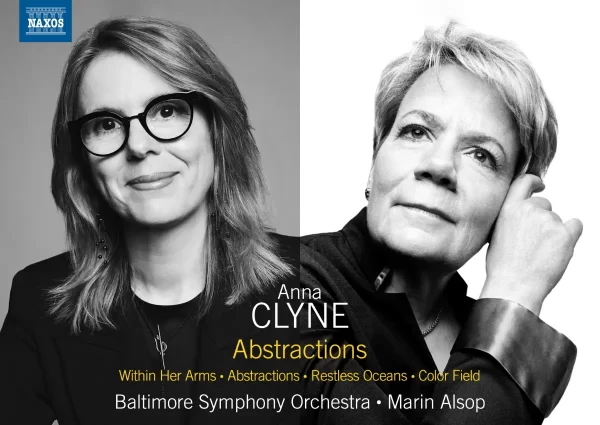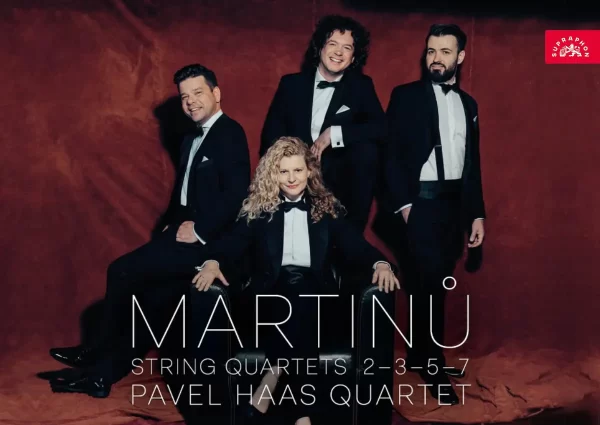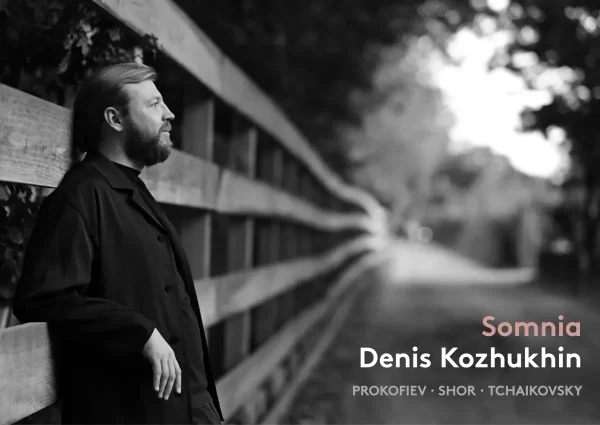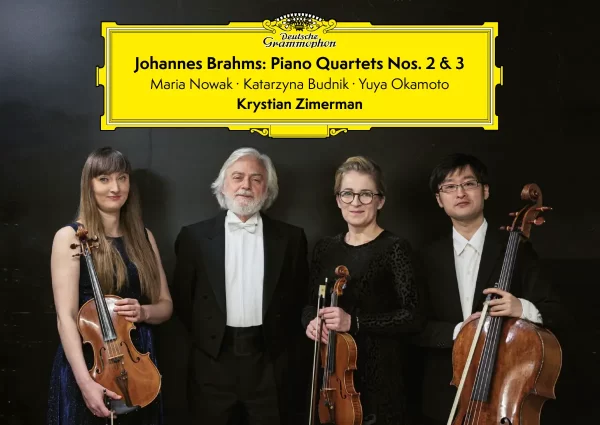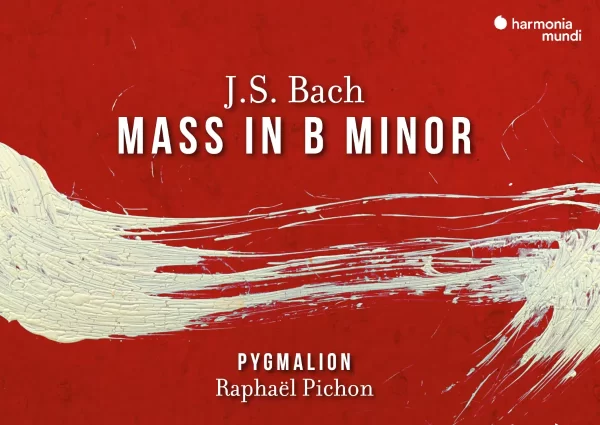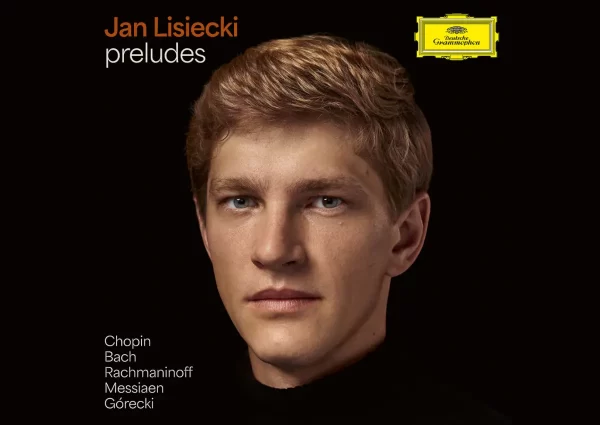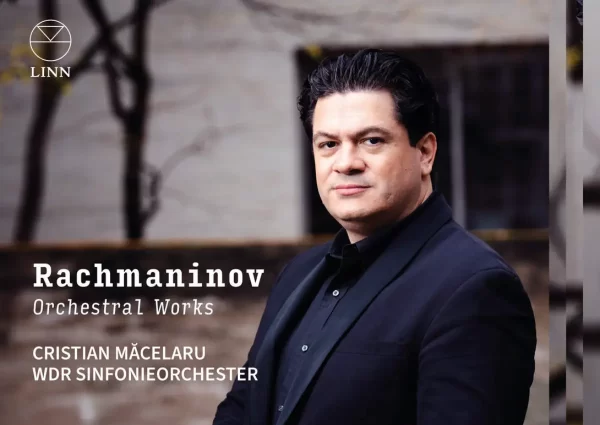This recording marks Harding’s debut as Music Director of the Santa Cecilia Orchestra. His current discography includes only a few operas. Two by Britten (The Turn of the Screw and Billy Budd) and Mozart’s Don Giovanni were recorded over twenty years ago. More recent performances include videos of Weber’s Der Freischütz and Cilea’s Adriana Lecouvreur.
The hyper-emotionalism of Tosca requires virtuoso singers of accomplished acting skill. Fortunately, Jonathan Tetelman (Cavaradossi), Eleonora Buratto (Tosca), and Ludovic Tézier (Scarpia) create vivid, fully developed characterizations in which we sense each character’s strengths and weaknesses. Listen to Tetelman’s perfect combination of frustration and tenderness as he reassures a jealous Tosca (track 5), and his unwavering resolve to protect his loved ones during his interrogation (beginning of Act II).
Buratto’s Tosca wears her emotions on her sleeve, raging at one moment, becoming gently vulnerable in the next (as when she sings to Cavaradossi about their “little house… our refuge… unseen by the world”). Tézier’s Scarpia seems more emotionally complicated, his actions driven by more than mere lust for power and control. The back-and-forth between these two is particularly notable; their interactions here are powerfully dramatic. (In a recent Bavarian State Opera production, Buratto, replacing an indisposed Lise Davidsen, sang opposite Tézier.) All three singers, seemingly in their absolute prime, are excellent singing actors, varying tone, dynamics, and weight of sound to make the text and drama come alive.
On Sir Antonio Pappano’s EMI/Warner Classics recordings with this orchestra, productions consistently captured the orchestra’s sound from a distance, so that room ambiance added additional warmth and richness (and, at times, cloudy textures). DG’s approach is different: microphones are placed closer to the stage, resulting in greater clarity and balance. This also suits Harding’s interpretation, which seems intent on revealing the richness of Puccini’s orchestration.
There are times, in fact, when Harding seems focused on the orchestra at the expense of his singers and the story. The Santa Cecilia forces offer first-rate playing and singing—strings are warm and richly colored, and so are the brass (though sometimes I wanted their sound to be more strident). The Te Deum that ends the first act is thrilling. Yet earlier in that same scene listeners may sense, as I did, Tézier pushing the tempo faster, which Harding refuses to do. There are other such moments, and in each instance, Harding seems focused on the sound of his new orchestra at the expense of dramatic focus. Of course, Harding is not the first conductor to do so. Karajan, in both his recordings, sometimes prioritizes the orchestra over singers. And yet with him the dramatic remains higher.
Harding’s symphonic approach has its benefits: one hears a greater level of orchestral detail than in many other recordings. But sometimes I find myself engaged with the orchestral sound and accompaniment rather than the drama and emotion of the story.
DG’s ancillary materials include nine full-color photos and a synopsis, but no texts and translations—an inexcusable omission, especially for a new full-priced release. Fans of these singers will need no recommendation from me, and, despite my concerns about Harding’s approach, the performance’s positives far outweigh its negatives. Future opera releases from these forces may show even greater development and theatrical flair.
Recommended Comparisons:
Karajan | De Sabata | Rescigno
Album Details |
|
|---|---|
| Album name | Puccini – Tosca |
| Label | Deutsche Grammophon |
| Catalogue No. | 4866997 |
| Artists | Jonathan Tetelman, Eleonora Buratto, Ludovic Tézier, Orchestra & Coro dell’Accademia Nazionale di Santa Cecilia, Daniel Harding |
Included with an Apple Music subscription:
Latest Classical Music Posts

